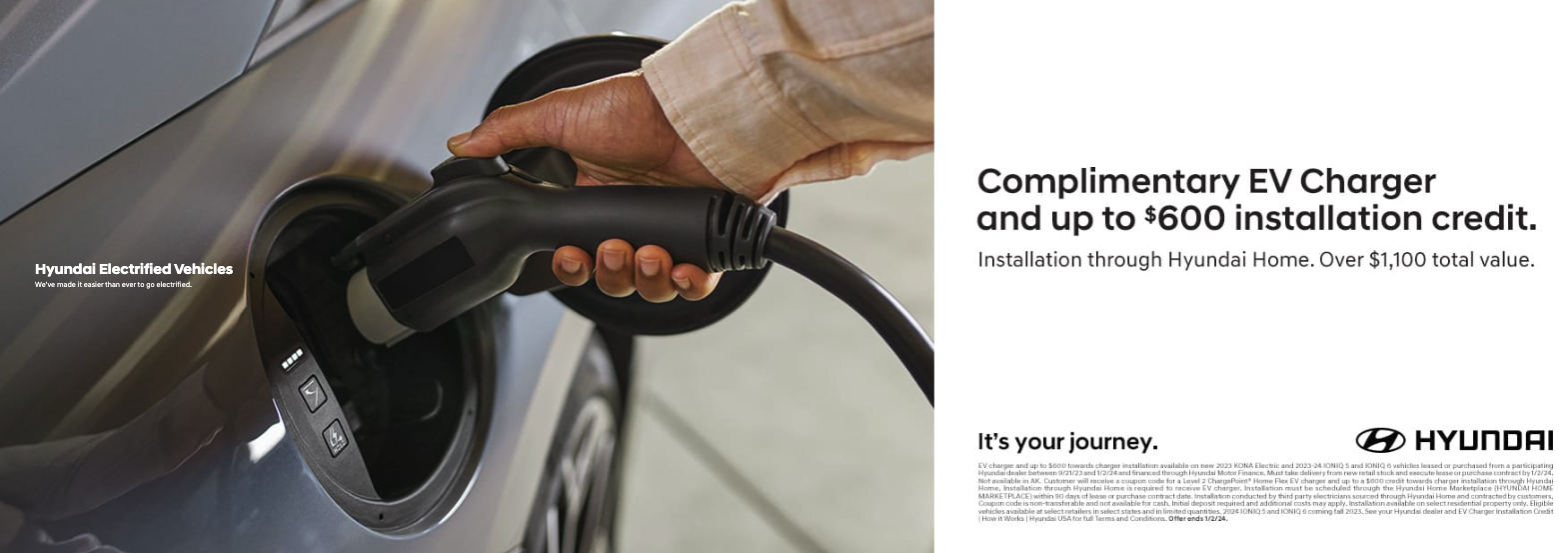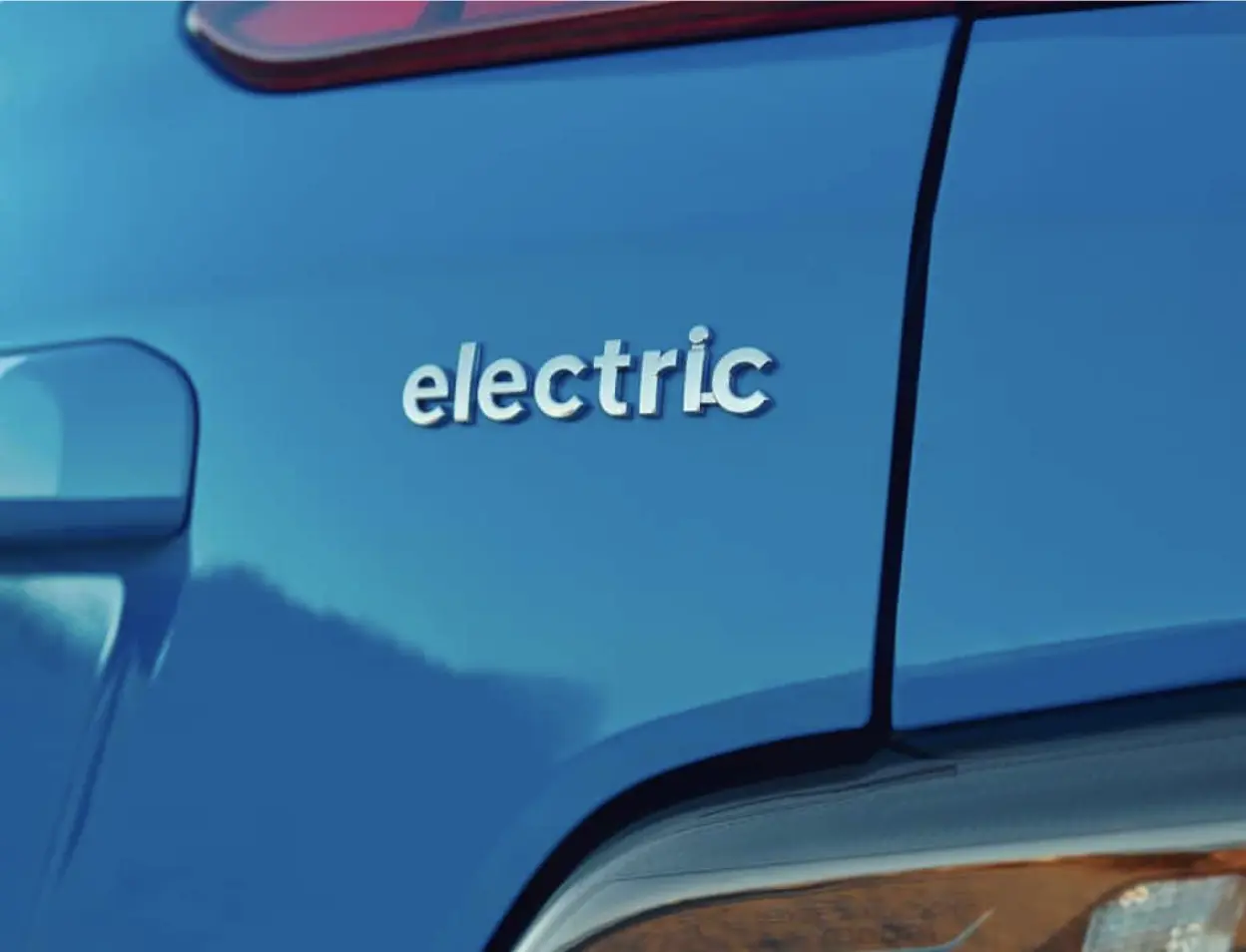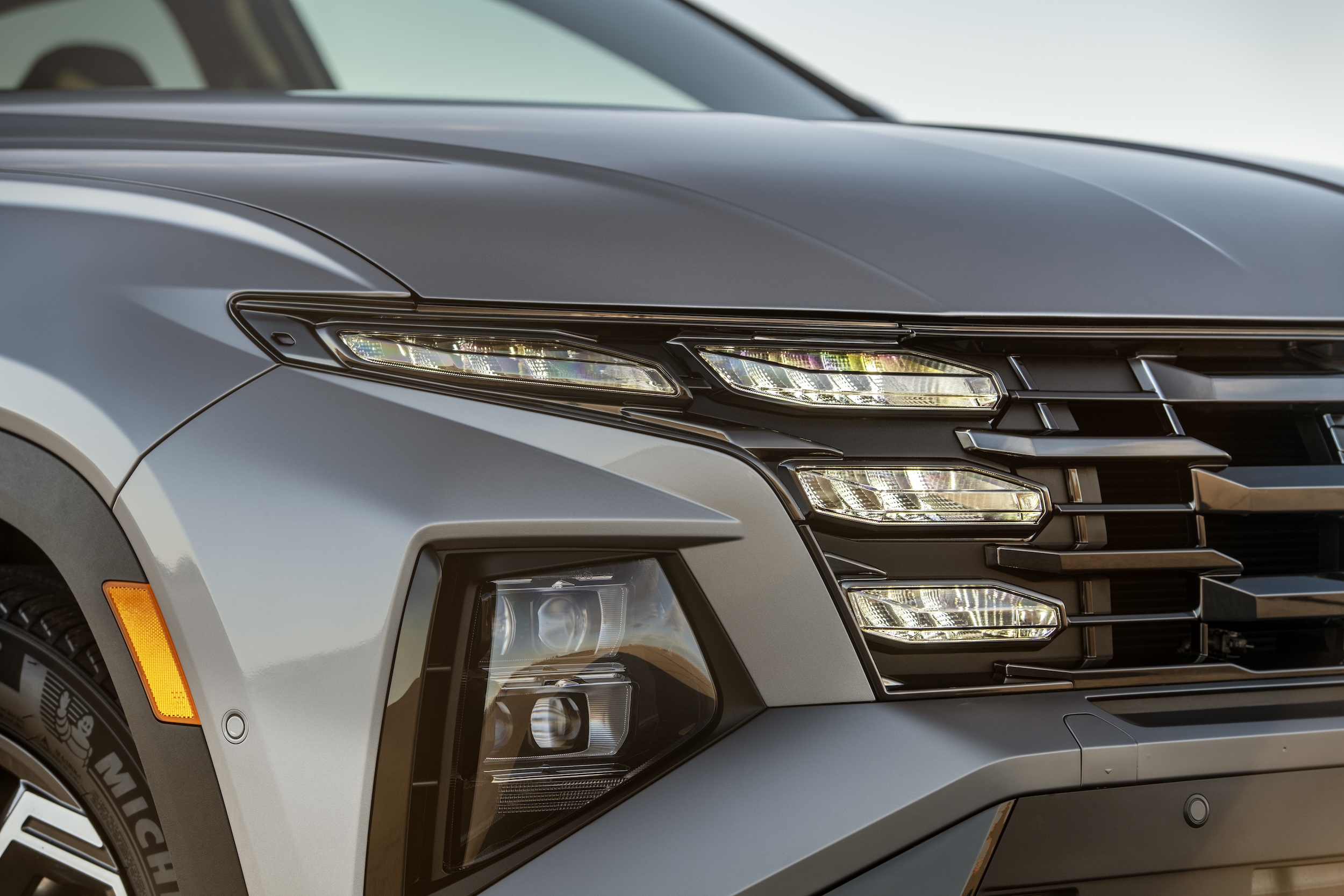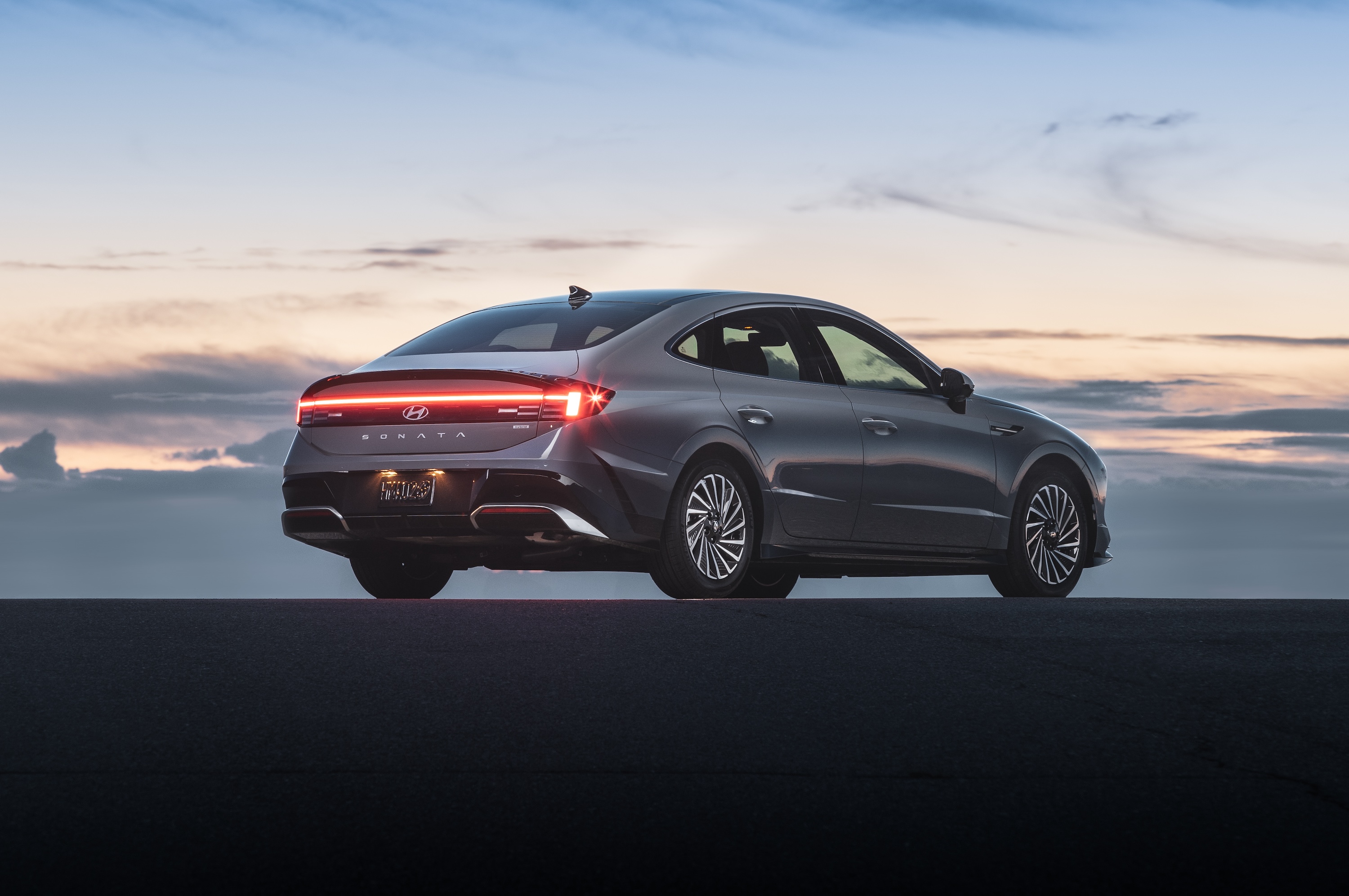
Your journey begins here.
For us, electricity is more than a form of energy. It’s an expansive
vehicle lineup that has four different kinds of electrified powertrains.
It’s a complete range of energy products that helps you take charge
of your home’s electricity. It’s an ingenious EV platform that’s flexible
enough to be used for our entire IONIQ series. Electricity powers our
belief in the future, which is why our goal is for every Hyundai to be
electrified by 2040.
Our electrified powertrains.

Electric
Using motors entirely powered by batteries, electric vehicles give you instant acceleration and nimble handling on the road. They also have bigger batteries than plug-in hybrids or hybrids. This means a much longer electric range—up to an EPA-estimated combined All-Electric Range of 303 miles for IONIQ 5 and 258 miles for KONA Electric. Regenerative braking helps extend the range.
The battery’s recharged by plugging into an outlet, with charging speed depending on the vehicle and type of charger. For instance, IONIQ 5 is capable of ultra-fast charging with an 800V DC charger, which makes it one of the quickest charging EVs.

Plug-In Hybrid
Hyundai plug-in hybrids combine the benefits of gas and electric power for ultimate flexibility. They can run on all-electric power for short trips, with an EPA-estimated All-Electric Range of up to 33 miles for the TUCSON Plug-In Hybrid and 30 miles for the SANTA FE Plug-In Hybrid. When the electric range is used up, the gasoline engine seamlessly takes over, ensuring you can go the distance without worrying about recharging.
Plug-in hybrids are recharged by plugging into an outlet, and they also feature regenerative braking to help replenish battery power during driving. With the convenience of electric power for daily commutes and the reliability of gas for long journeys, Hyundai plug-in hybrids are designed to deliver the best of both worlds.

Hybrid
Hyundai hybrids offer an impressive blend of efficiency and performance by combining a gasoline engine with an electric motor. Unlike plug-in hybrids or electric vehicles, Hyundai hybrids don’t need to be plugged in—they automatically recharge their battery while you drive using regenerative braking and power from the engine. This makes them an excellent choice for drivers who want improved fuel efficiency without changing their routine.
With models like the TUCSON Hybrid delivering an EPA-estimated 38 MPG combined and the SONATA Hybrid achieving up to an EPA-estimated 52 MPG on the highway, Hyundai hybrids are built to take you farther with fewer stops at the pump. Their seamless transition between gas and electric power provides smooth acceleration and a dynamic driving experience, perfect for city commutes or cross-country road trips.

Fuel Cell
Hyundai fuel cell vehicles, like the cutting-edge NEXO, offer a revolutionary approach to clean energy driving. Powered by hydrogen, these vehicles generate electricity through a chemical reaction in the fuel cell stack, emitting only water vapor as a byproduct. With an EPA-estimated range of up to 380 miles, NEXO delivers the freedom to go the distance while producing zero emissions.
Refueling a fuel cell vehicle is quick and simple, taking just a few minutes at a hydrogen refueling station, much like filling up a gas tank. Hyundai’s fuel cell technology provides a driving experience that’s as quiet as it is eco-friendly, offering smooth performance, instant torque, and the ability to contribute to a cleaner, sustainable future.
Should You Go Electric?
Find out why electric vehicles are generally more efficient and less expensive to own than cars that use only gas. Even then it still may not be a simple decision, so we’ll explain other things to consider like MPGe and the actual costs of electricity.
Fuel Cell Advantages
State savings
Up to $4,500 in potential added savings from a California Clean Vehicle Rebate. Local utilities and other state incentives may also apply.
Complimentary fuel
3-year or $15,000 maximum, whichever comes first.
Five minutes to refuel
Filling up with hydrogen is just as easy as pumping gas.
Zero emissions
The only thing coming out of the tailpipe is water.
HOV lane
Drive solo in carpool lanes where available.
Complimentary vehicle rentals
For added flexibility, you get complimentary car rentals, 7 days a year for 3 years.
Quick acceleration
The electric motor smoothly delivers instant torque.
Regenerative braking
Brakes convert energy into electricity, which charges the battery.
FAQ
Electric vs plug-in hybrid: What are the differences?
Electric vehicles use motors entirely powered by batteries, while plug-in hybrids use both a motor and gas engine. EVs have larger batteries than plug-in hybrids–which means longer all-electric range. Plug-in hybrids can go in all-electric mode for a shorter range compared to EVs but can then travel in hybrid mode.
Hybrid vs plug-in hybrid: What are the differences?
While both hybrids and plug-in hybrids use a battery-powered motor and a gas engine, plug-in hybrids have bigger batteries than hybrids, which provides you with the option of driving in all-electric mode for a limited range. So while both vehicles recharge with regenerative braking, plug-in hybrid batteries should be recharged with an outlet.
How do I qualify for an electric vehicle tax credit?
The amount of tax credit or incentives you qualify for depends on where you live. Click here to find state incentives.
How many electrified vehicles does Hyundai have?
We currently have 9 electrified models in our lineup: 2 electric vehicles, 2 plug-in hybrids, 4 hybrids, and 1 fuel cell vehicle.
What warranties are available on Hyundai electrified vehicles?
Every new Hyundai comes with America’s Best Warranty. Additionally, Hyundai electrified vehicles include a 10-Year/100,000-Mile Limited Battery Warranty.
How can I find local electrified vehicles for sale?
Shop electrified Hyundai models on our Inventory search page for local availability and pricing.
What is a hydrogen fuel cell vehicle?
Fuel cell vehicles use a motor powered by a battery like EVs. But their battery is recharged by a fuel cell stack that turns liquid hydrogen into electricity. Refueling the hydrogen tank is conveniently similar to filling a gas tank and takes about the same amount of time. There are a limited number of hydrogen fueling stations — use our map to find the ones closest to you.
Which vehicles get carpool sticker access?
Several states allow electric vehicles, plug-in hybrids, and fuel cell vehicles to qualify for carpool.
What is the longest-range EV model in Hyundai's lineup?
Currently IONIQ 5 RWD has the longest electric range based on EPA estimates, with up to 303 miles on a fully charged battery.
What is regenerative braking?
During braking or coasting, regenerative braking turns the wheels’ rotations into electricity, which is then stored in the battery. IONIQ 5, KONA Electric and NEXO Fuel Cell have control paddles behind the steering wheel, which let you choose from different levels of regenerative braking.
How do I calculate fuel savings by switching to an EV?
To help show you your possible savings by switching to an electric vehicle, please use our estimated savings calculator.

